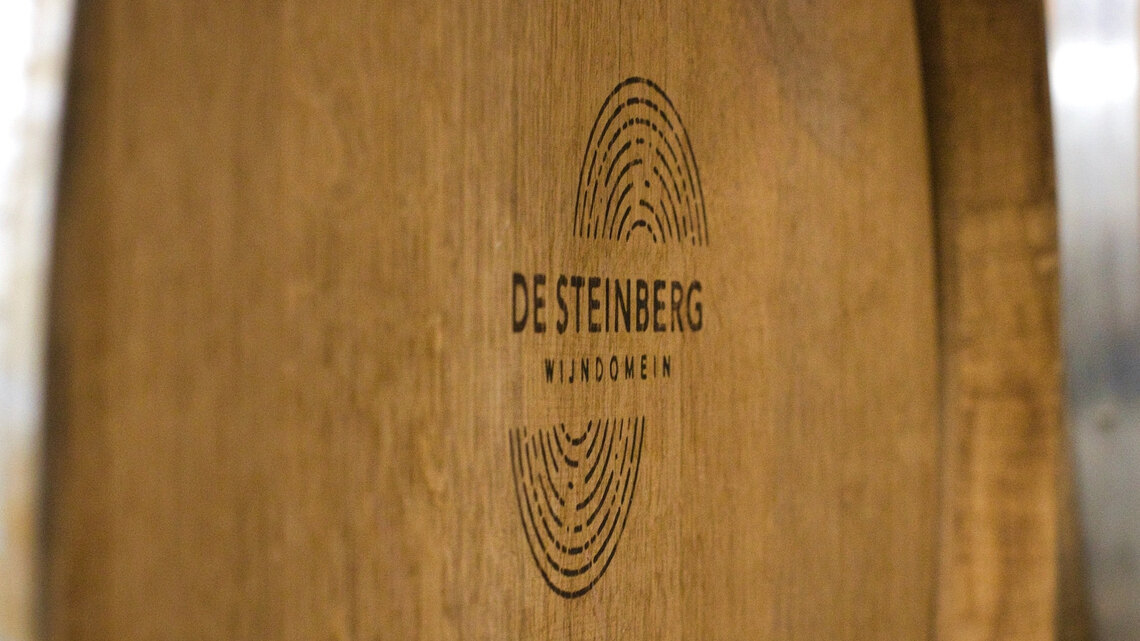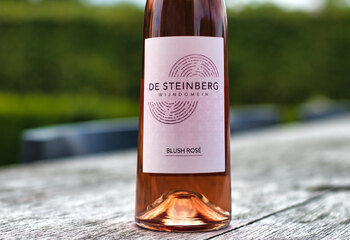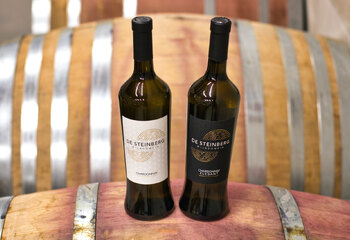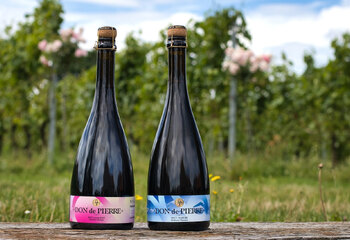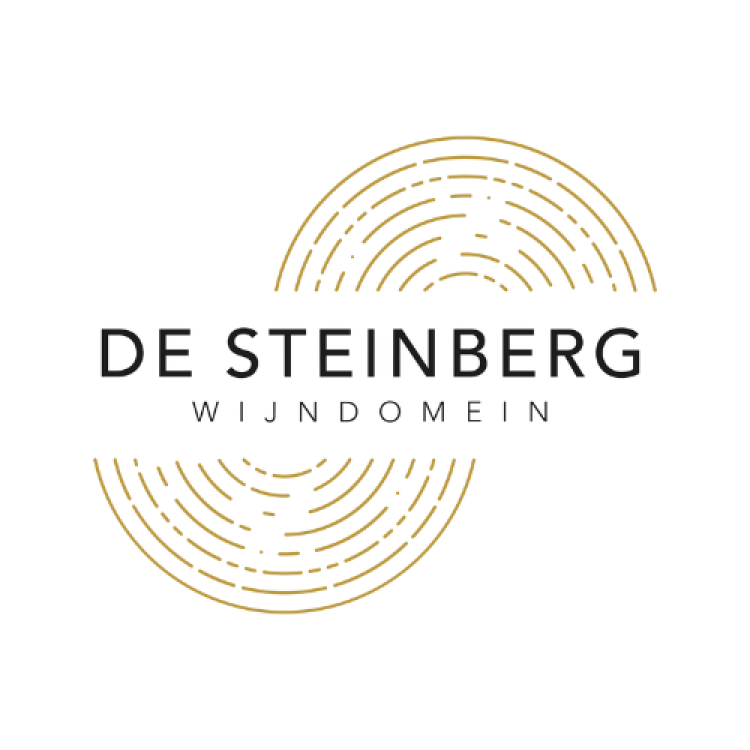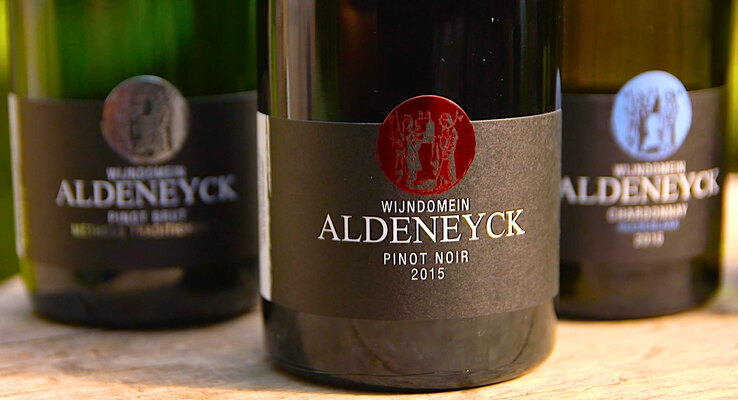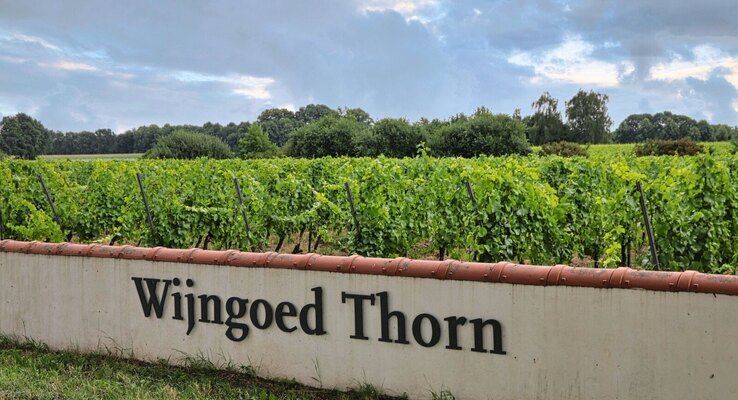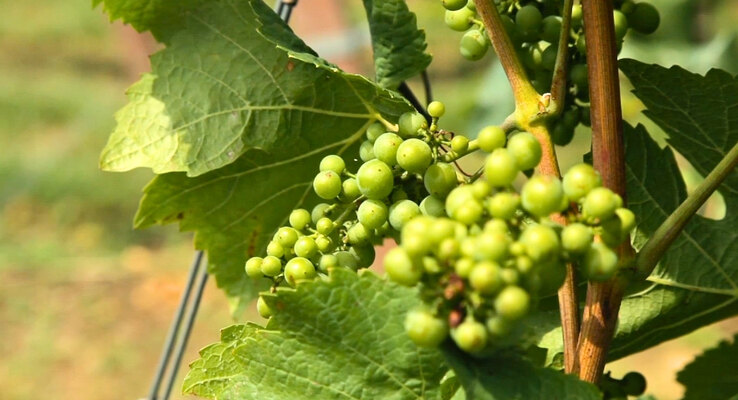"Climate change could turn Belgium into a prominent wine country."
In the border region between Belgium and the Netherlands, there’s plenty to explore when it comes to culinary delights. And you don't have to travel far to find wine either, as one of Belgium's largest vineyards is located on the slopes of the North Limburg 'mountains' near the town of Bree.
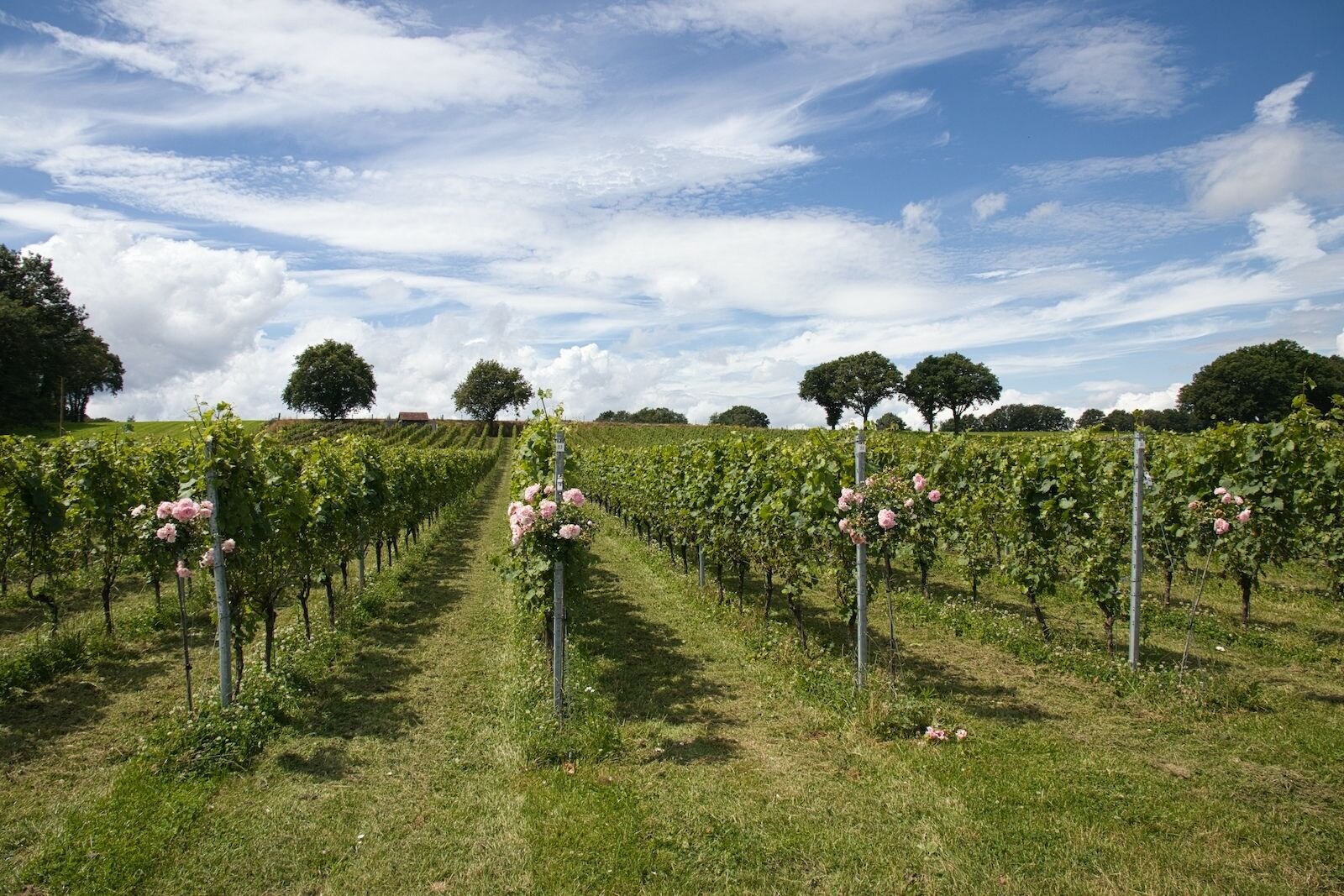
Having your own backyard vineyard
llse Swennen and her husband Dominique Dedecker purchased a house on the outskirts of Bree. Behind their home, a sloping hill beckoned to be planted with grapevines. It was a dream Ilse had long cherished and being the enterprising couple that they are, they wasted no time in making it a reality.
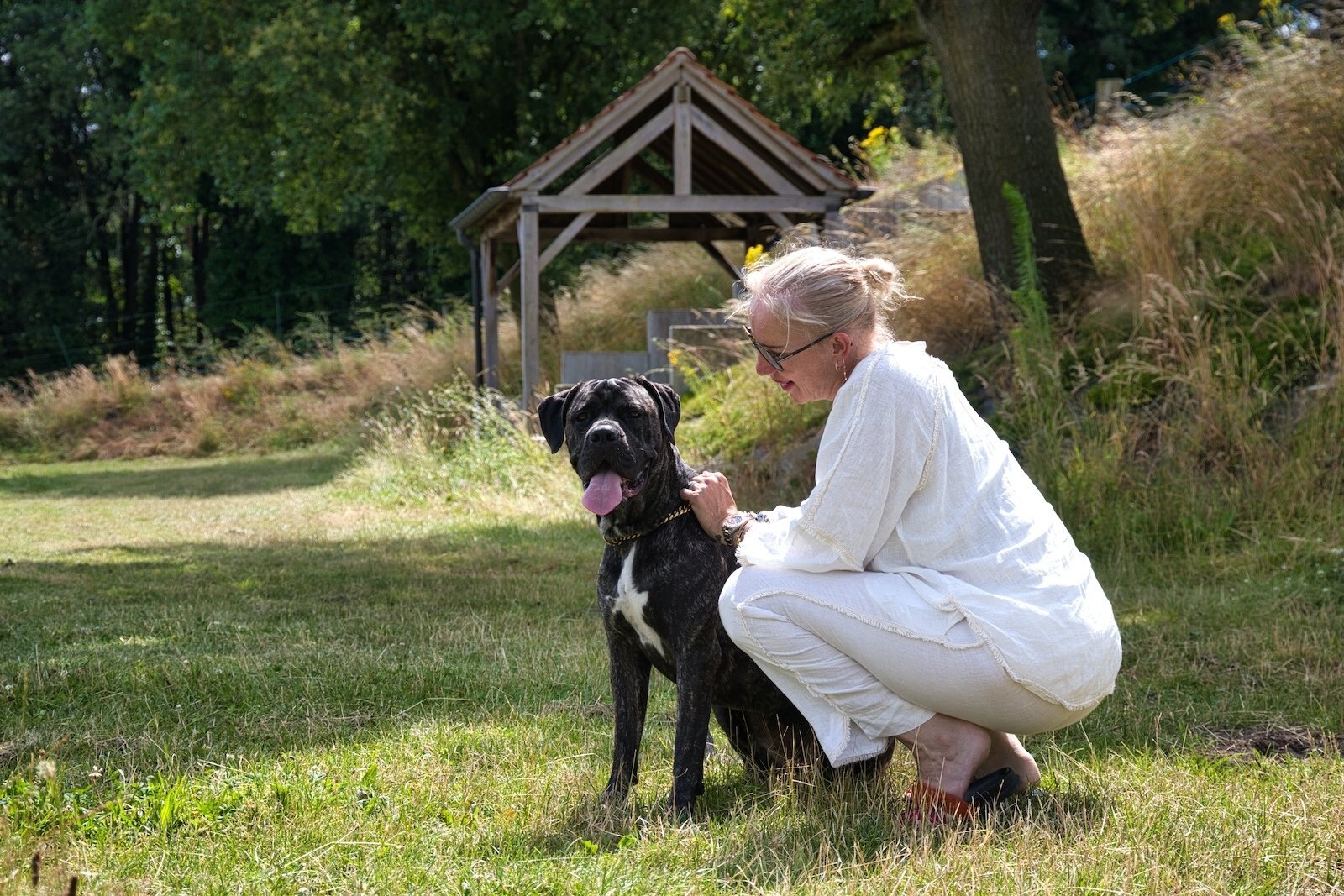
In 2016, the hill they overlook from their home was transformed into a vineyard spanning about three hectares. Eager to expand, they searched for more suitable land nearby and eventually acquired 25 hectares in Oudsbergen. Once fully planted, wine estate de Steinberg will become one of the largest vineyards in Belgium.
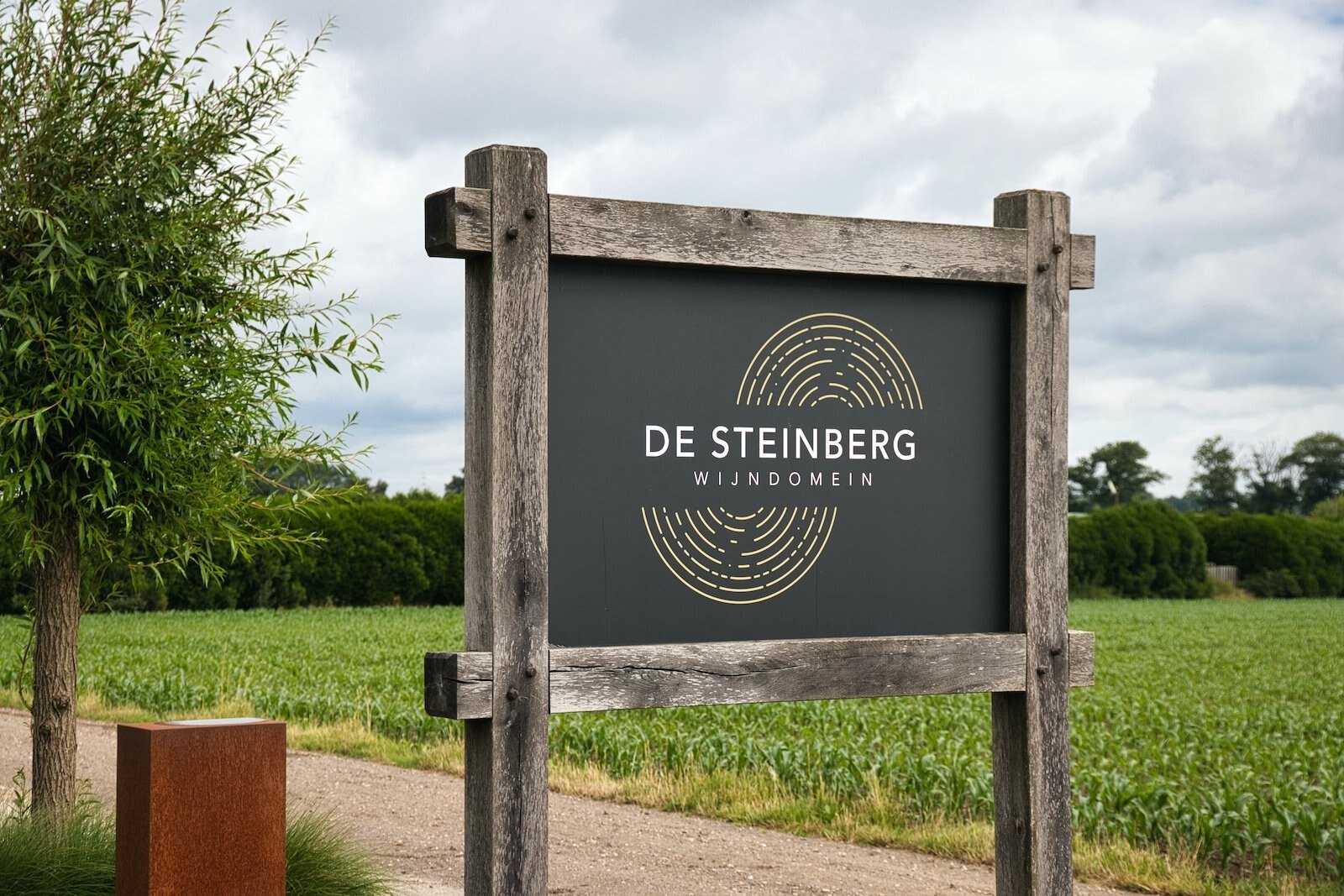
Terroir and winemaking in Limburg
Wine estate De Steinberg takes its name from the Steenberg, the slope where the first grapevines were planted. This ‘mountain’ is part of the Kempen Plateau formed by gravel deposits from the Meuse River during the second ice age, around 450,000 years ago. The Steenberg sits on a fault line that begins in Aachen and has an elevation drop of about thirty meters. The soil here is primarily composed of sand and loam, with an abundance of large stones. The Meuse river is therefore not far away. While the soil may be challenging to cultivate, its minerality is ideal for grapevines, which thrive in these conditions.
Which grape varieties thrive in Belgium?
At wine estate De Steinberg, a selection of grape varieties was chosen to suit the local soil composition. Classic white wine varieties like Chardonnay, Pinot Gris, Pinot Meunier, Pinot Blanc, Müller Thurgau, Riesling and Gewürztraminer have proven successful in the Limburg soil. Chardonnay, in particular, is widely planted across Belgium and is thriving in a ‘Burgundy’ way. Alsace varieties are also performing well, which is not surprising given the proximity of the two wine regions.
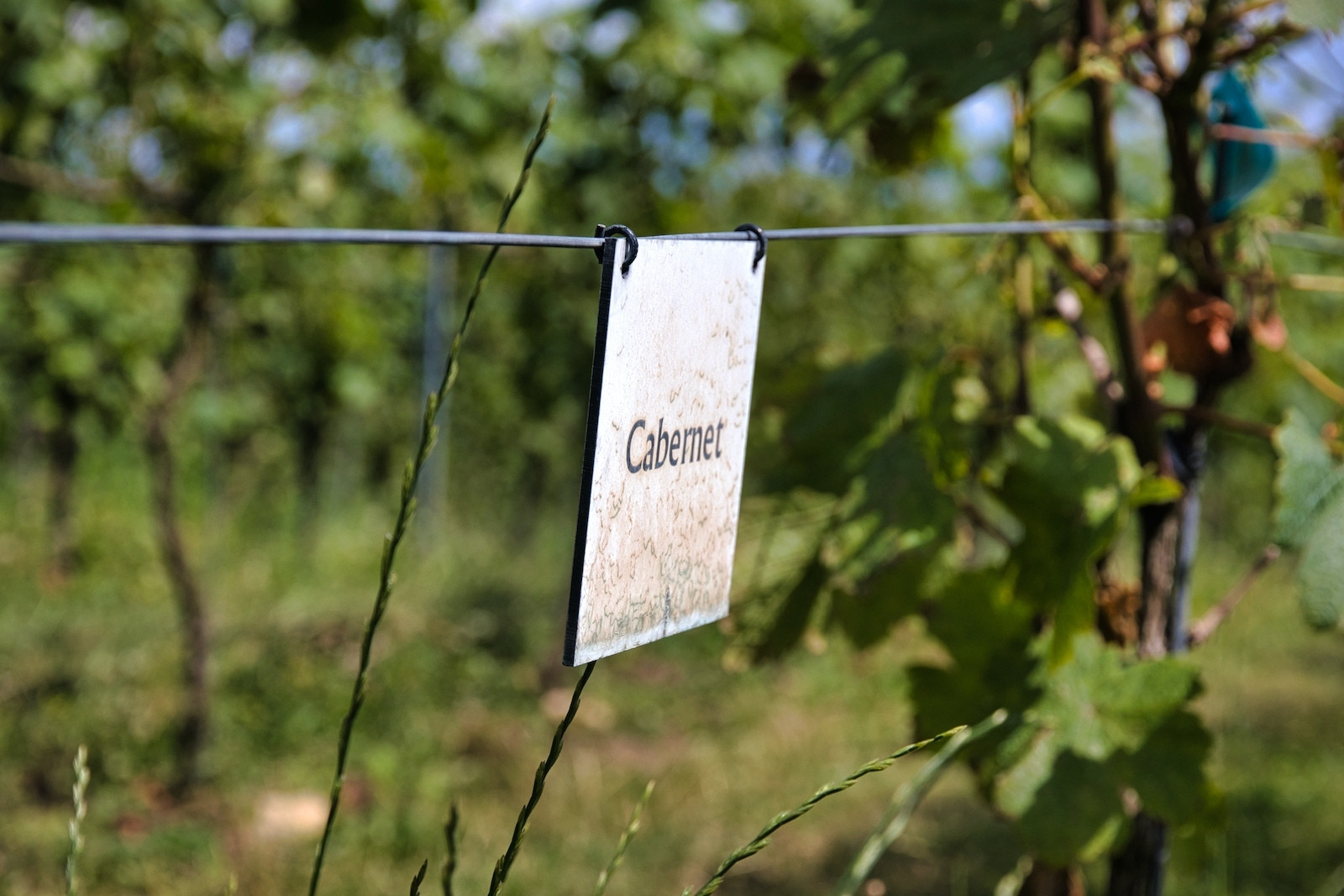
For red wines, in addition to classic varieties like Pinot Noir and Dornfelder, modern Cabernet varieties such as Dorsa, Mitos, and Cubin were chosen. For red wines, in addition to classic varieties like Pinot Noir and Dornfelder, modern Cabernet varieties such as Dorsa, Mitos, and Cubin were chosen. With the expertise of winemaker Maxim Geunis, who is closely involved with wine estate De Steinberg, these grape varieties are crafted into a range of distinctive Belgian wines.
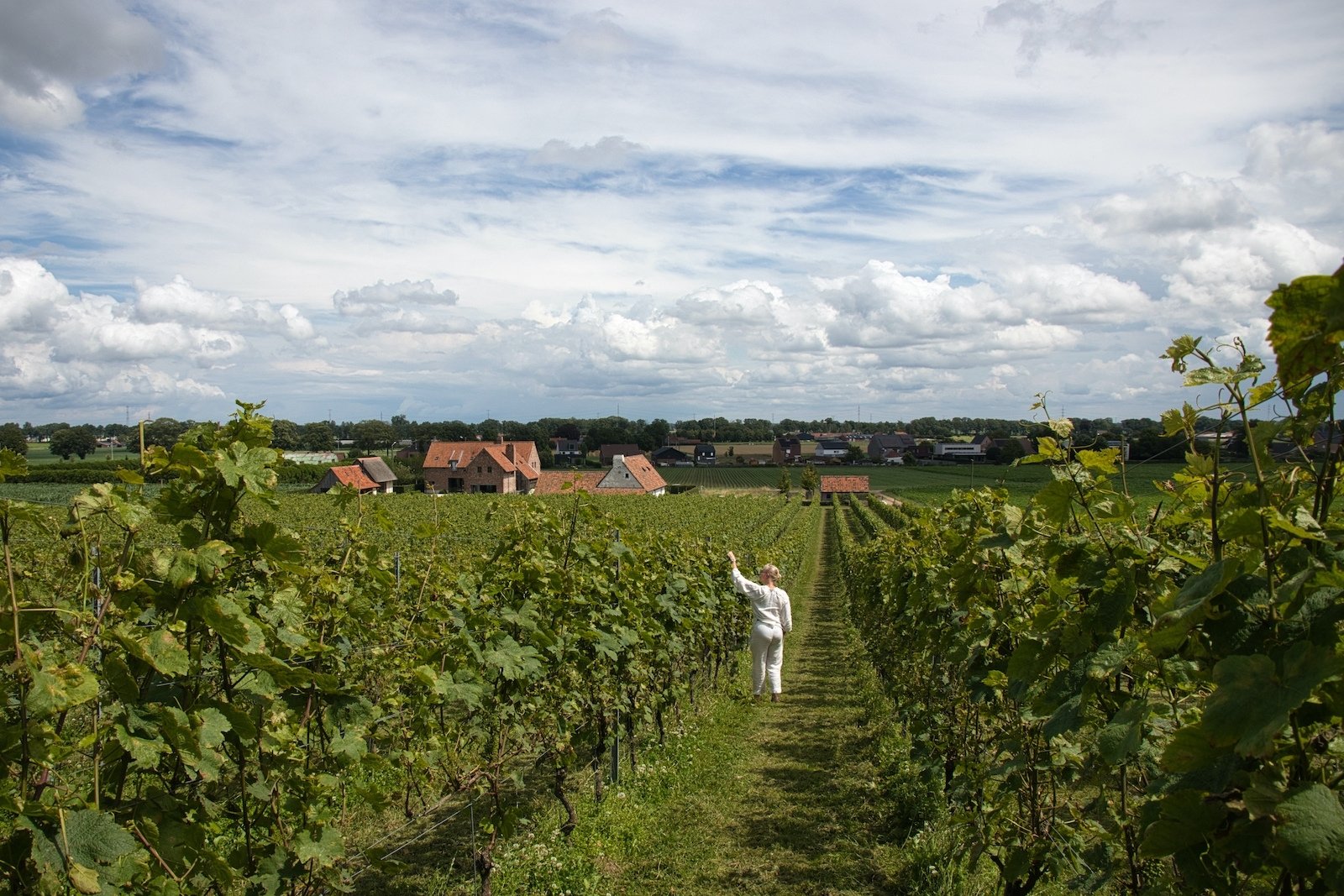
Wine tasting in Limburg
It’s clear that Ilse and Dominique are serious about their venture. On the largest plot in Oudsbergen, there are still two buildings from the original farm where they purchased the land from. Over the next few years, they plan to renovate these buildings extensively to house the wine cellar and winery, which are currently situated on an industrial site. A reception area and tasting room are also planned for this location, allowing visitors to enjoy wine tastings right among the vines. There is nothing like being able to taste the wines among the vines. Based on the construction plans we've seen, this promises to be a fantastic addition to an already impressive wine estate!
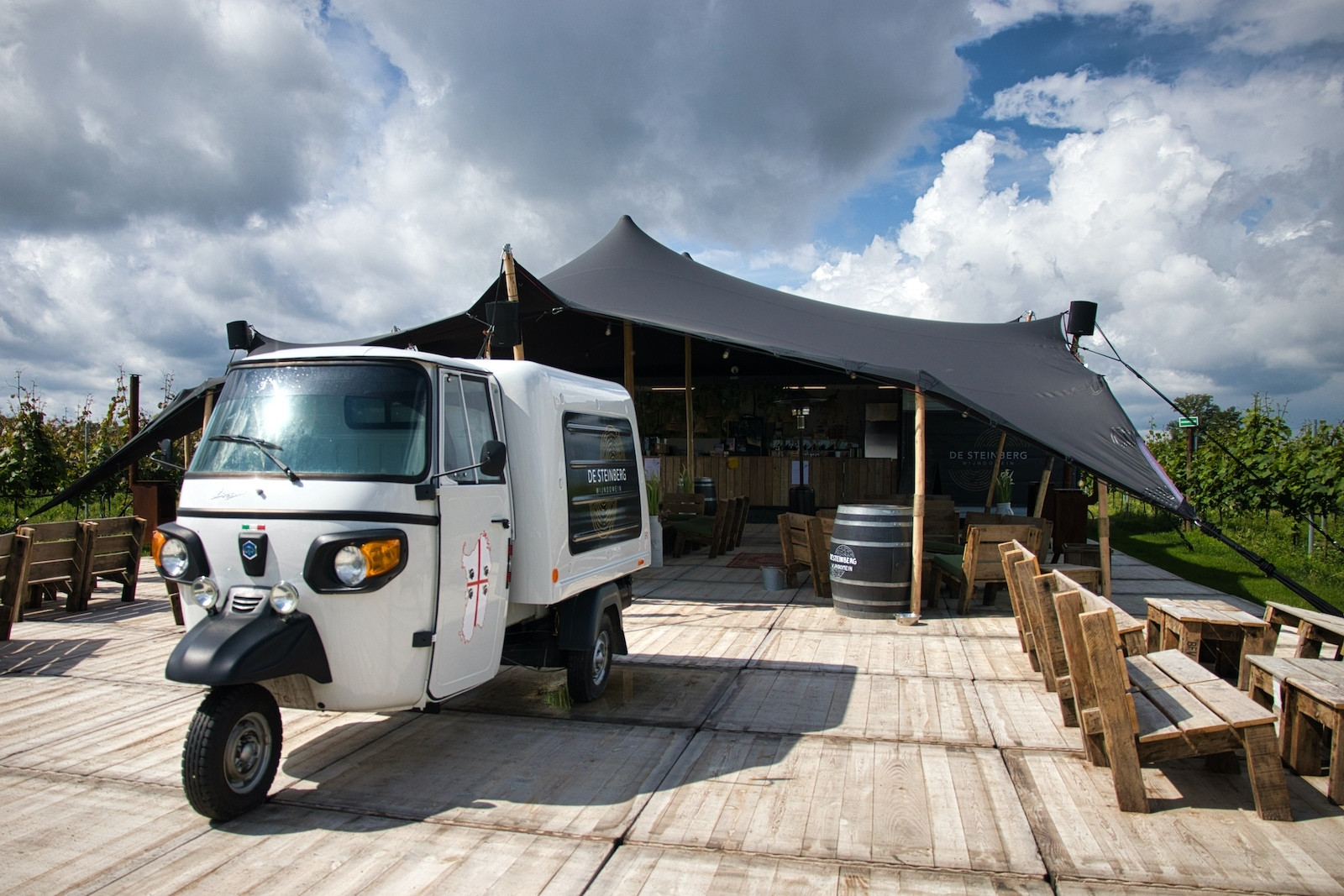
In the meantime, there's already a charming pop-up bar on this site during the summer months, so you don't have to wait until the winery and tasting room are completed to visit wine estate De Steinberg.
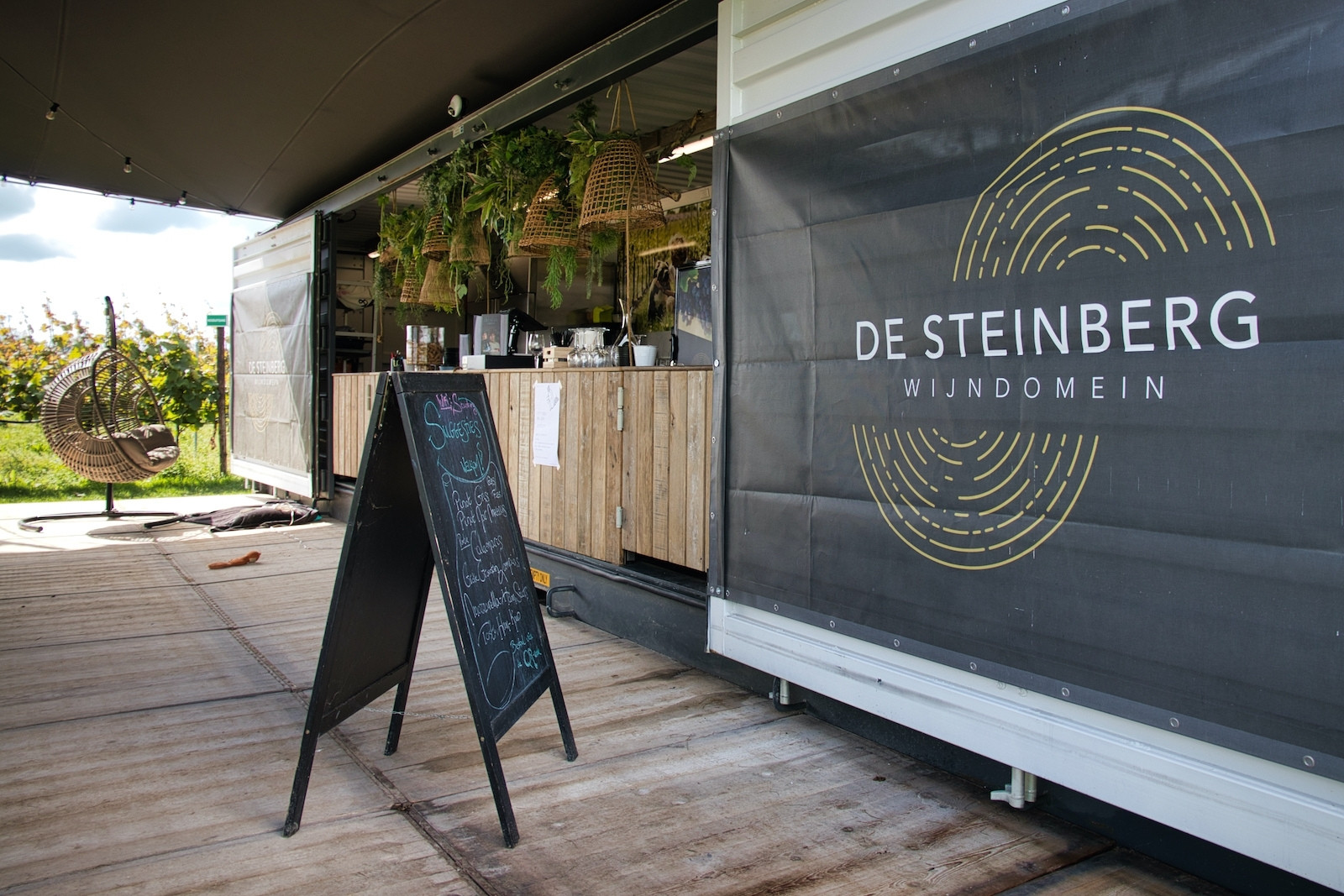
Updated: 02-05-2025
